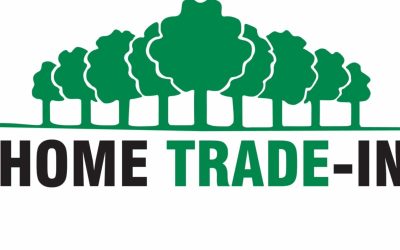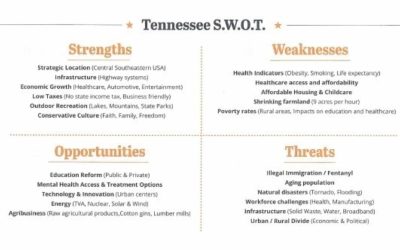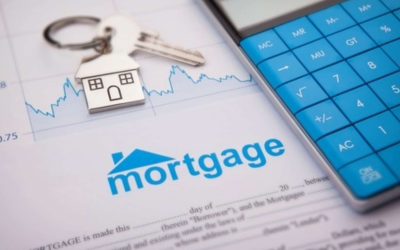As a local home builder deeply engaged with the trends and challenges of our industry, we often encounter prospective homeowners who are waiting on the sidelines, hoping that the cost of homes will decline in the foreseeable future. It’s important to shed light on several critical factors driving the cost of new homes, which suggest that significant price drops may not be on the horizon.
The Impact of Regulations and Zoning on Home Prices
Regulations and zoning laws play a critical part in the home-building process. According to the National Home Builders Association, regulations alone account for 25% of the cost of building a single-family home and can influence more than 40% of the costs involved in apartment development. These regulations encompass a wide range of requirements, from building codes to environmental compliance, each adding layers of costs that ultimately are borne by the homebuyer.
Local zoning rules also have a profound impact on housing affordability. For instance, take a scenario from Middle Tennessee, where zoning restrictions prevent the subdivision of a 5-acre tract selling for $300,000. If builders like us were allowed to subdivide this land into five 1-2-acre lots, , the cost per lot would drop dramatically making it more feasible to construct homes in the $300,000 to $400,000 range—which is affordable for many families. However, with current restrictions limiting this tract to a single home, the price to build a home would be over significantly higher, simply because the land cost remains undiluted by multiple units.
The Double-Edged Sword of Building Codes
Moreover, tougher building codes, while aimed at increasing safety and energy efficiency, also contribute to rising costs. New homes today are built to be more resilient and energy-efficient than ever before. For example, all our homes undergo a blower door test to measure air tightness and ensure optimal energy performance. These tests frequently reveal that our homes exceed tightness standards, illustrating our commitment to quality and sustainability. Yet, the push to adopt even more stringent codes, such as the 2021 International Energy Conservation Code (IECC), potentially adds up to $31,000 to the cost of a new home, according to the Home Builder Association Kansas City.
The Reality of Building Affordable Homes
These factors illustrate a complex landscape. Road frontage and land use restrictions severely limit opportunities to build affordable homes. Each new regulation, while potentially beneficial in isolation, accumulates to make affordable housing harder to achieve. This is a critical issue that needs addressing, not just by builders but also through thoughtful policy reforms that balance safety, sustainability, and affordability.
What Does This Mean for Potential Homebuyers?
For those waiting for prices to drop, it’s important to understand these dynamics. While we strive to build quality homes that offer value to our clients, the industry faces real challenges that keep prices high. Keeping informed about these issues can help set realistic expectations and drive community discussions on how to address barriers to affordable homeownership.
By supporting policies that streamline regulations and make zoning laws more flexible, communities can help reduce the costs associated with home construction, ultimately leading to more affordable housing options without compromising on safety and quality.
As we continue to navigate these challenges, we remain committed to building homes that not only meet but exceed our clients’ expectations, providing safe, comfortable, and sustainable living environments for all.





